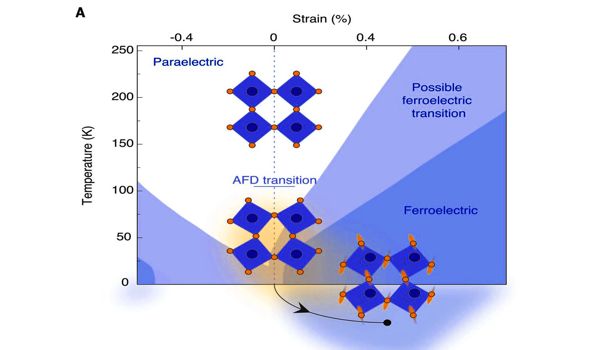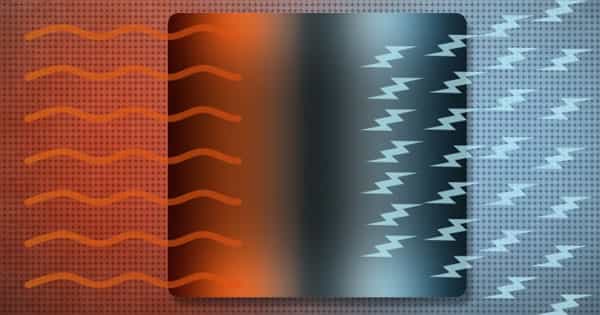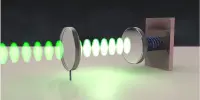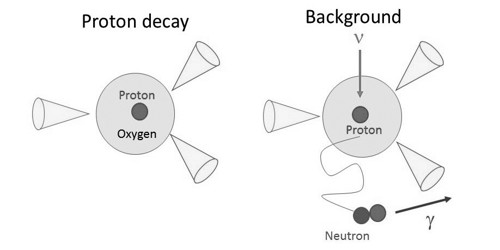Ferroelectricity is a characteristic of certain materials that have a spontaneous electric polarization that can be reversed by the application of an external electric field. It is the property of certain nonconducting crystals, or dielectrics, that exhibit spontaneous electric polarization that can be reversed in direction by the application of an appropriate electric field. It is a subset of pyroelectricity and piezoelectricity and is defined by reversible polarization through application of an electric field.
Ferroelectricity is a property of certain materials to have a spontaneous polarization which can be reversed by the application of an external electric field.
All ferroelectrics are pyroelectric, with the additional property that their natural electrical polarization is reversible. It is a property observed in certain materials characterized by the presence of a spontaneous electric polarization without the presence of an electric field, much like how ferromagnetism is characterized by a spontaneous, permanent magnetic field. The term is used in analogy to ferromagnetism, in which a material exhibits a permanent magnetic moment. It is a displacive phenomenon where ions within the unit cell are placed asymmetrically, creating dipole moments. These asymmetries may form in two different ways, either displacive or by order-disorder.

Ferroelectricity is named by analogy with ferromagnetism, which occurs in such materials as iron. Ferromagnetism was already known when ferroelectricity was discovered in 1920 in Rochelle salt by Valasek. Iron atoms, being tiny magnets, spontaneously align themselves in clusters called ferromagnetic domains, which in turn can be oriented predominantly in a given direction by the application of an external magnetic field. While there are some 250+ materials that exhibit ferroelectric properties, some of the more common/significant materials include:
- Lead titanate, PbTiO3
- Lead zirconate titanate (PZT)
- Lead lanthanum zirconate titanate (PLZT)
Ferroelectric systems are important materials with a wide range of industrial and commercial applications. Since the discovery of ferroelectricity, ferroelectrics have been the heart and soul of several multimillionaire companies, ranging from high-dielectric-permittivity capacitors to the development of piezoelectric transducers, pyroelectric sensors, and others. Applications for Ferroelectric Materials: Capacitors, Non-volatile memory, Electro-optic materials for data storage applications, Thermistors, Switches known as transchargers or transpolarizers, Light deflectors, modulators, and displays, etc.
Ferroelectricity is characterized by the presence of a spontaneous electric dipole while not exposed to an external electric field, much like how ferromagnetism is characterized by a spontaneous magnetic dipole. Thus, the prefix Ferro, meaning iron, was used to describe the property despite the fact that most ferroelectric materials do not contain iron. Materials that are both ferroelectric and ferromagnetic are known as multiferroics.
Information Source:
















